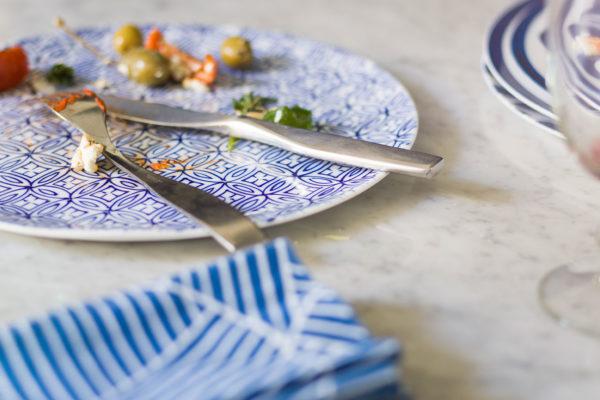If you’re interested in composting, but are finding it difficult because you live in an apartment, you can still use bokashi to make mulch at home.
Bokashi is a Japanese process for treating biowaste. It produces nutritious mulch more quickly than composting. Unlike composting, biowaste does not break down during the bokashi process. Instead, it’s fermented. This pre-treatment makes the biowaste more degradable when it’s returned to the ecosystem.
It’s a similar method to making sauerkraut. You’ll need an airtight container, such as a bucket with a lid. First, you should chop up the biowaste to avoid air pockets in the pulp. Then sprinkle a bran mixture on top. This contains lactic acid bacteria, photosynthesising bacteria and yeast.
During the anerobic bokashi process, a liquid runoff called ‘bokashi tea’ will be produced. This should be removed from the fermentation container and can be used as, for example, fertiliser for houseplants. Your bokashi will be ready in a couple of weeks. It can then be mixed into the soil immediately or left in the container until spring for use on an allotment.
When mixed with soil, oxidizable bokashi will feed the ecosystem and disappear in only a few weeks. It will leave behind nitrogen, which is lost in composting as ammonia and nitric oxide. As carbon bonds are not broken during fermentation, and no carbon dioxide or methane is formed, bokashi is more effective than composting at binding carbon into the soil. Energy is also transferred to the ground – with composting, this energy is lost to the air as heat.
“Unlike composting, biowaste does not break down during the bokashi process.”
Read more articles from Bioska

Waste processing is a growing business
More food is produced than is consumed. Unfortunately, the amount of waste from food production is only expected to grow. Various factors are affecting this, such as people adopting plant-based diets and an increase in processed food and take-aways.
Read more
Five-star leftovers
Biowaste is becoming an increasingly valuable raw material. Waste food restaurants have already been established in Finland. Apps, and at least one webstore, have been developed to sell waste food before it goes bad. In many homes, biowaste is also being recycled and processed in more creative and refined ways.
Read more
